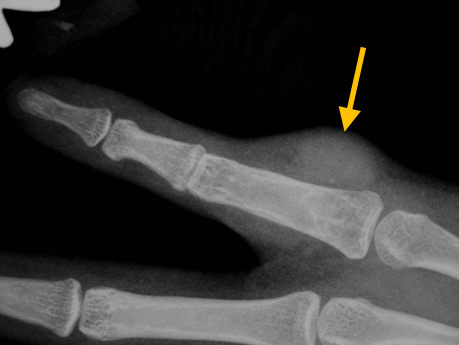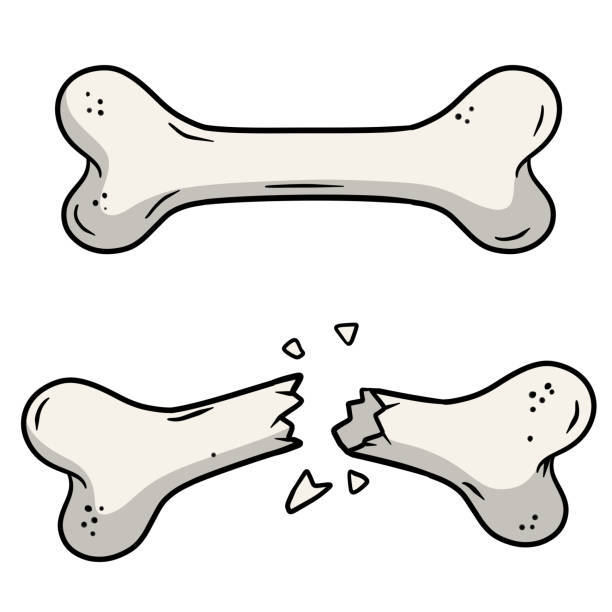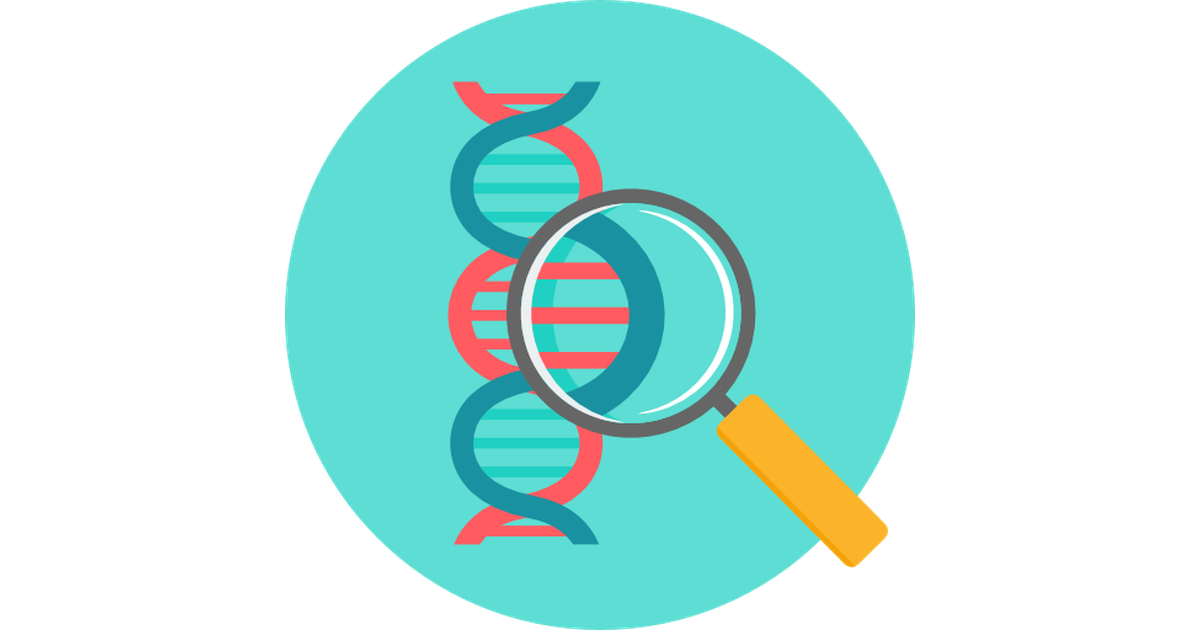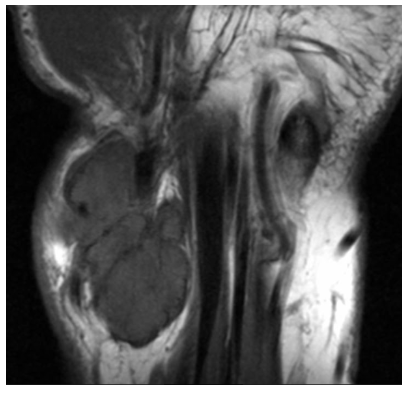Giant Cell Tumor of Tendon Sheath
Giant Cell Tumor (GCT) of Tendon Sheath is a benign, or non-cancerous, tumor that can emerge from the tendon sheath or synovium. It most commonly affects the fingers and hand and can be treated with surgical resection or removal of the mass.













